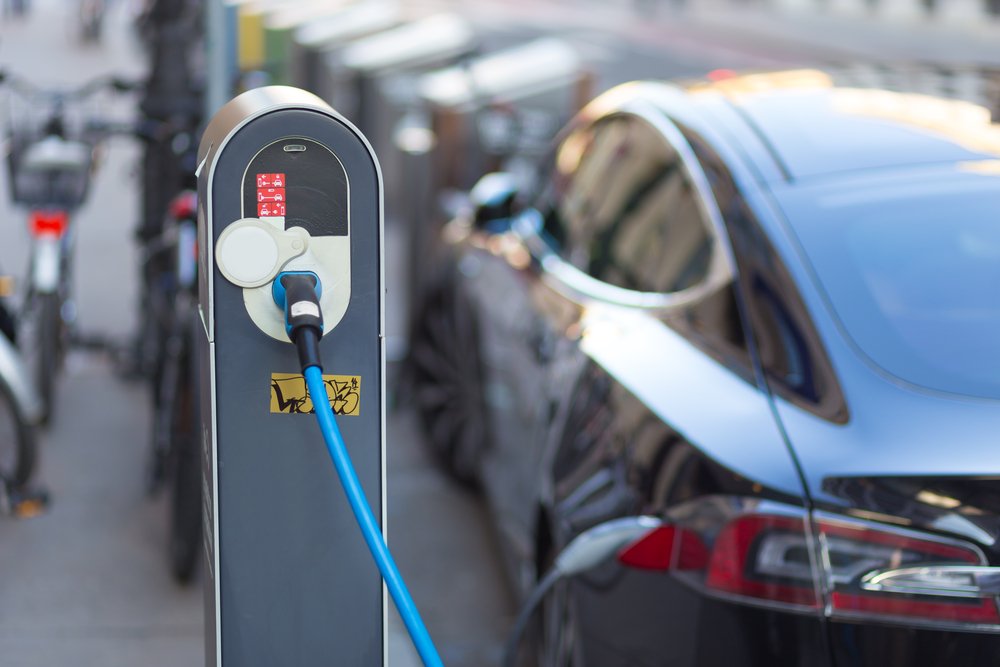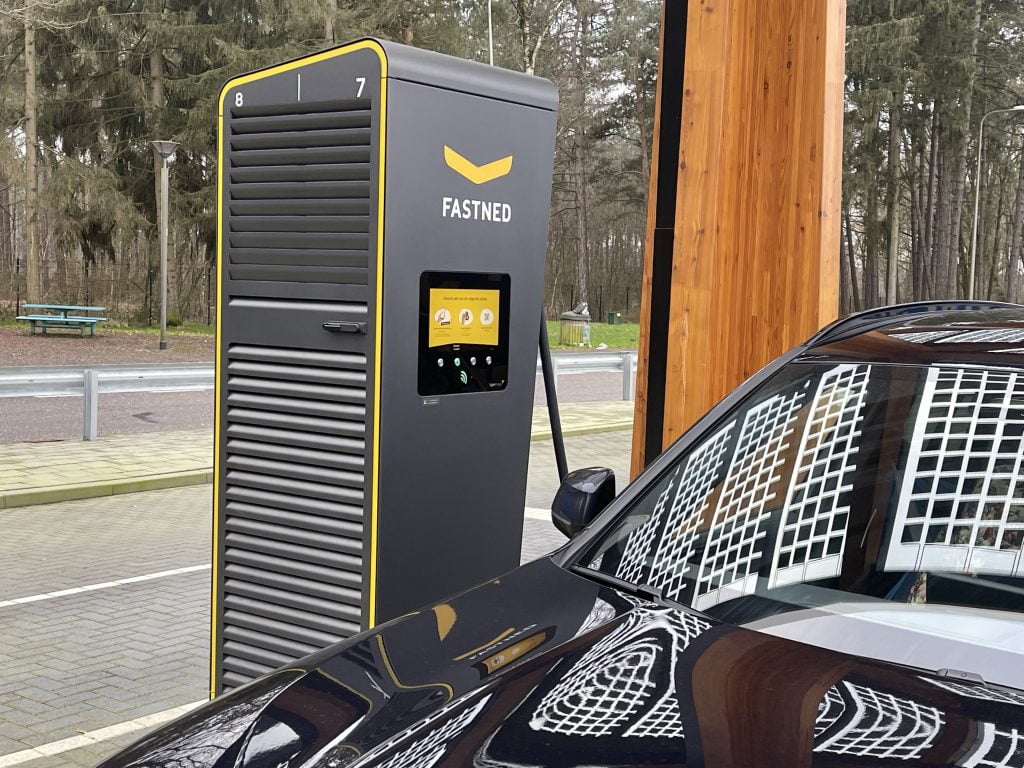Private buyers are often concerned about the residual value of an electric car and the life of the battery.
There are clear dividing lines in the world of contemporary motoring. It seems that when it comes to electric driving, the business driver leads the way, while the private driver hesitates at the starting line. “If the boss pays, we drive electrically, otherwise not”, is a common expression. But why is this so?
Take a look at the parking lots of big companies and you'll probably find a sea of shiny, luxurious plug-in cars. These cars are often equipped with the latest technology, have a large range and come with a hefty price tag. Business drivers can afford this luxury, often thanks to lease constructions or company budgets. The private driver, on the other hand, looks more often at the direct costs and opts for a more affordable alternative, such as a Dacia.
To truly achieve a greener future for motoring, it is imperative that the barriers for all consumers are addressed.

The discrepancy between what one chooses as a company car versus a private car has always been present. But the electrification of vehicles has significantly widened this gap. Where a business driver opts for a Tesla Model 3, the private individual opts for a petrol or diesel engine. The trend shows that electrification is mainly a matter for the business market and not for private consumers.
The main reason for this trend is obvious: costs. Electric vehicles are generally more expensive to purchase than their fuel counterparts. While they can be cheaper to run in the long run – think fuel savings and lower maintenance costs – the initial outlay is a bridge too far for many private individuals.
Another important aspect is the lack of government incentives for individuals. While companies can often benefit from tax breaks, subsidies or other incentives to drive electrically, the private driver is often left to his own devices. Without financial incentives, the switch to electric is simply not attractive enough for many.
It is clear that there is a growing gap between business and private drivers when it comes to electric driving. If we really want electric vehicles to become mainstream, it is critical that governments and the auto industry do not forget about the private customer and create incentives that are attractive to companies and individuals alike.
Business drivers and companies can opt for electric driving because of the green image and the resulting PR benefits. Private riders, while often having environmental concerns, must balance them against their economic realities, where costs often outweigh environmental ideals.

There is a psychological component that should not be overlooked. Electric driving requires a different mindset, such as planning charging sessions. While a business driver may be more inclined to adapt because of the benefits in the workplace, a private driver may experience this change as a nuisance.
The infrastructure for charging electric vehicles is not yet optimal in many areas. Companies with business fleets often invest in their own charging stations, which facilitates the transition to electric for their employees. Private drivers, on the other hand, are more often dependent on public charging stations. In densely populated areas or regions without sufficient charging infrastructure, this can be a challenge, creating an additional barrier for the private buyer.
Private buyers are often concerned about the residual value of an electric car and the life of the battery. Technology is evolving rapidly and what is new today may be obsolete tomorrow. This can lead to hesitation among consumers who fear the resale value of their vehicle and the potential high cost of battery replacement.



